Equipment
Ping Glide Wedges
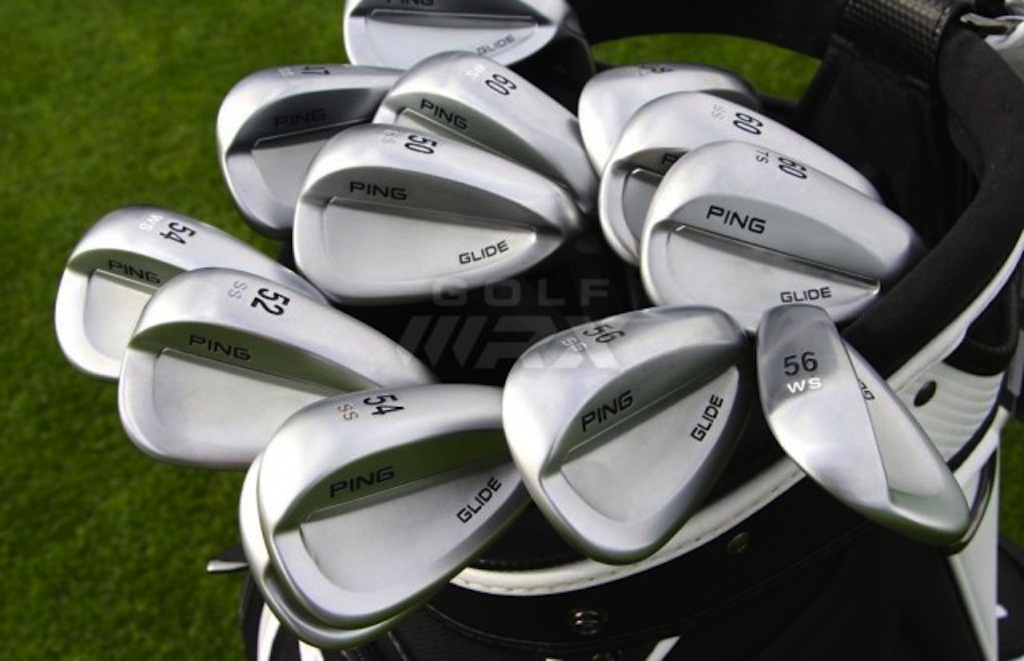
Different golfers need different wedges, but they’re all searching for the same thing.
“When you have a wedge that’s just right for you, it doesn’t dig and it doesn’t bounce,” says Marty Jertson, Ping’s director of product development. “It just glides through the turf.”
Ping has tweaked nearly every aspect of its new wedge line, aptly named “Glide.” Some changes, such as the improved grooves and sole grinds could be expected, while others take a more outside-the-box approach to help golfers improve their wedge games.
An example? Hydrophobicity, the physical property of repelling water. Hydrophobic surfaces make water bead – think of Teflon-coated pans or windshields treated with Rain-X. Hydrophilic objects, such as paper, absorb water.
Ping studies found that chrome-plated wedges are more hydrophobic than wedges without chrome finishes, which means that they move more water away from the wedge face at impact. That improves consistency, and is why the Glide wedges have satin, chrome-plated finishes. According to Ping, the finish is 220 percent more consistent in wet grass and 35 percent more consistent in dry grass than the “dark blast” finish Ping used on its previous wedge line, the Tour Gorge.
The Glide wedges are also cast from a 431 stainless steel that’s softer than the 17-4 stainless steel used on the Tour Gorge wedges. The softer metal, combined with Ping’s new elastomer Custom Tuning Port (CTP), creates a noticeably softer feel at impact.
The Glide wedges also have new grooves that are different in lower lofts than they are in higher lofts.
The lower-lofted wedges (47, 50 and 52) have deeper grooves with 16-degree sidewalls that offer more consistency on full shots. The soles of the wedges were also given more bounce and made slightly wider compared to the Tour Gorge wedges, a change that will make the clubs easier to hit for most golfers.
The higher lofted wedges (54, 56, 58 and 60) have shallower, wider grooves with 24-degree sidewalls. That gives them sharper edges to help golfers create more spin on open-face shots.
The Glide wedges come in three different sole grinds that are considerably different, but there are a few commonalities. Compared to the Tour Gorge wedges, the new models have more bounce and more rounded leading edges to help them better glide through the turf. For improved versatility, they also have more heel relief and a steeper trailing edge.
Choosing the Right Grind
Thin Sole (TS) wedges work best for golfers who have moderate-to-shallow angles of attack and/or those who play golf courses with firm conditions.
- Lofts available: 58TS (20 degrees of bounce), 60TS (19 degrees of bounce)
Wide Sole (WS) wedges are better for golfers who have moderate-to-steep angles of attack, and/or those who play golf courses with soft conditions.
- Lofts available: 54WS (14 degrees of bounce), 56WS (14 degrees of bounce), 58WS (13 degrees of bounce), 60WS (13 degrees of bounce)
Standard Sole (SS) wedges take the middle ground, and work for the widest range of golfers and course conditions.
- Lofts available: 47SS (12 degrees of bounce), 50SS (12 degrees of bounce), 52SS (12 degrees of bounce), 54SS (13 degrees of bounce), 56SS (13 degrees of bounce), 58SS (12 degrees of bounce), 60SS (12 degrees of bounce)
See more comparison photos of the grinds in the gallery below.
Shaft and Grip
The Glide wedges have Ping’s new CFS wedge shafts, which use a single flex and 118-gram weight to deliver a low trajectory and stable feel.
They also have Ping’s new Dylawedge grip, which is 0.75 inches longer than the company’s standard grip to encourage golfers to grip down on the club for more control. There are markings on the bottom of the grip at 1.375-inch intervals to create three reference points if golfers wish to use shaft length to alter trajectory and distance.
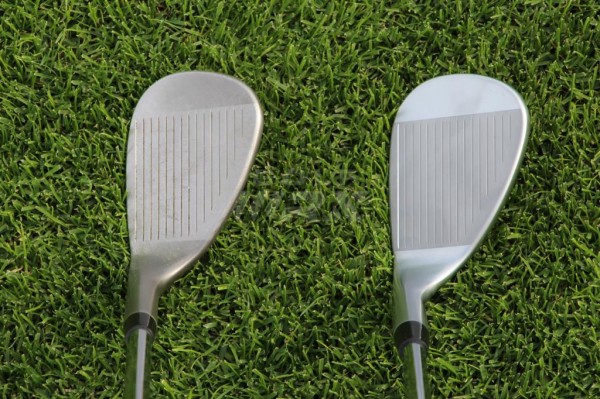
At Address: Ping’s Gorge wedge (left) and new Glide wedge.
The grips have a larger outside diameter on their bottom half, which creates a more consistent feel regardless of where golfers position their hands on the grip.
“The great pitchers and chippers of the world grip down on the club around the green,” says Jertson. “It lightens the club up and gets the heel up in the air. When you give someone a longer grip, without telling them around the greens they’ll almost automatically do it.”
The shaft and grip changes further “lighten” the clubs. While the wedges have a slightly increased total weight of 13 grams, they have a lighter swing weight in the higher lofts. The Gorge wedges had a swing weight of D6 in the 58- and 60-degree models, while the Glide wedges have a stock swing weight that is a much more manageable D4.
Ping Glide Specs
Bubba Watson, who won the WGC-HSBC Champions in November with three Ping Glide wedges, uses a lob wedge with a swing weight of D1 to give him more control over delicate shots (click here to see all the clubs in Watson’s bag).
The Glide wedges ($140 steel, $160 graphite) are available for pre-order and will be in stores in mid February.
Click here to see what GolfWRX Members are saying about the Glide wedges in our forum.
- LIKE133
- LEGIT58
- WOW28
- LOL7
- IDHT12
- FLOP13
- OB3
- SHANK20
Whats in the Bag
Max Homa WITB 2024 (April)
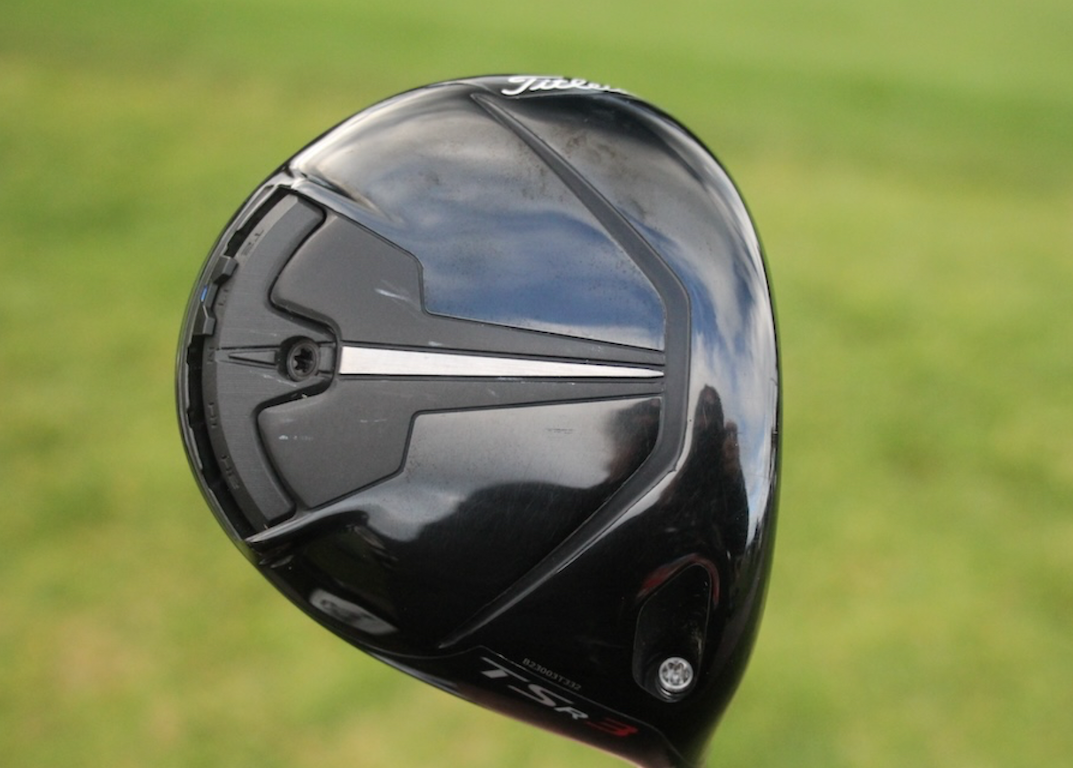
- Max Homa what’s in the bag accurate as of the Masters.
Driver: Titleist TSR3 (9 degrees, D1 SureFit setting)
Shaft: Fujikura Ventus TR Black 6 X
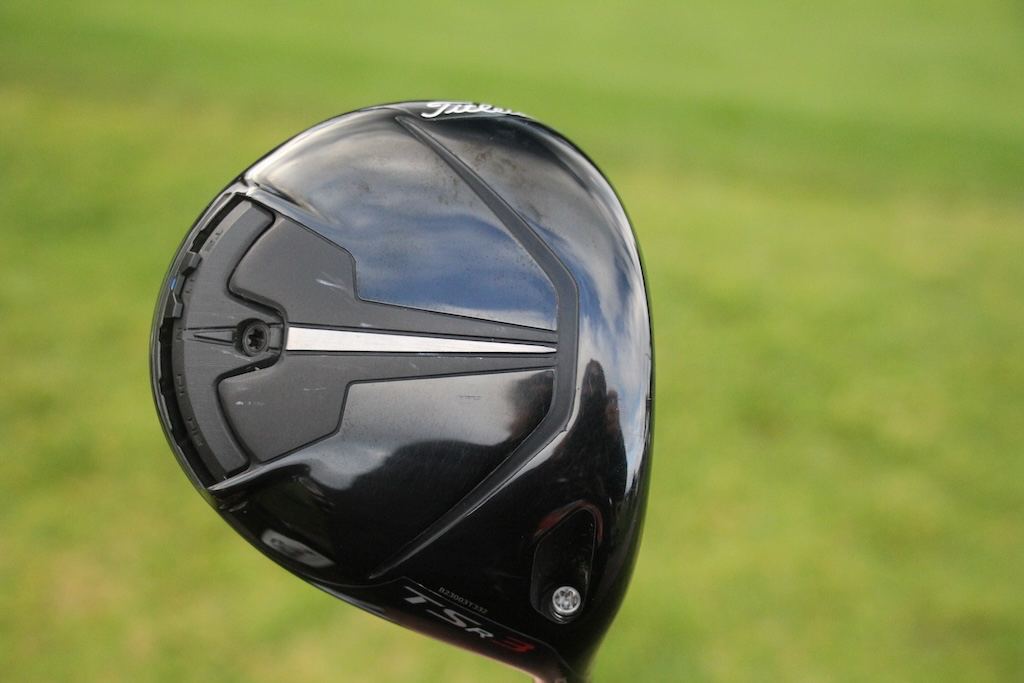
3-wood: Titleist TSR2+ (14.5 degrees, A1 SureFit setting)
Shaft: Mitsubishi Tensei 1K Red 80 TX
5-wood: Titleist TSR2 (21 degrees @19.25, D1 SureFit setting)
Shaft: Fujikura Ventus Blue 9 TX
Irons: Titleist T100S (4), Titleist T100 (5), Titleist 620 (6-9)
Shafts: KBS $ Taper 130 (4-9)
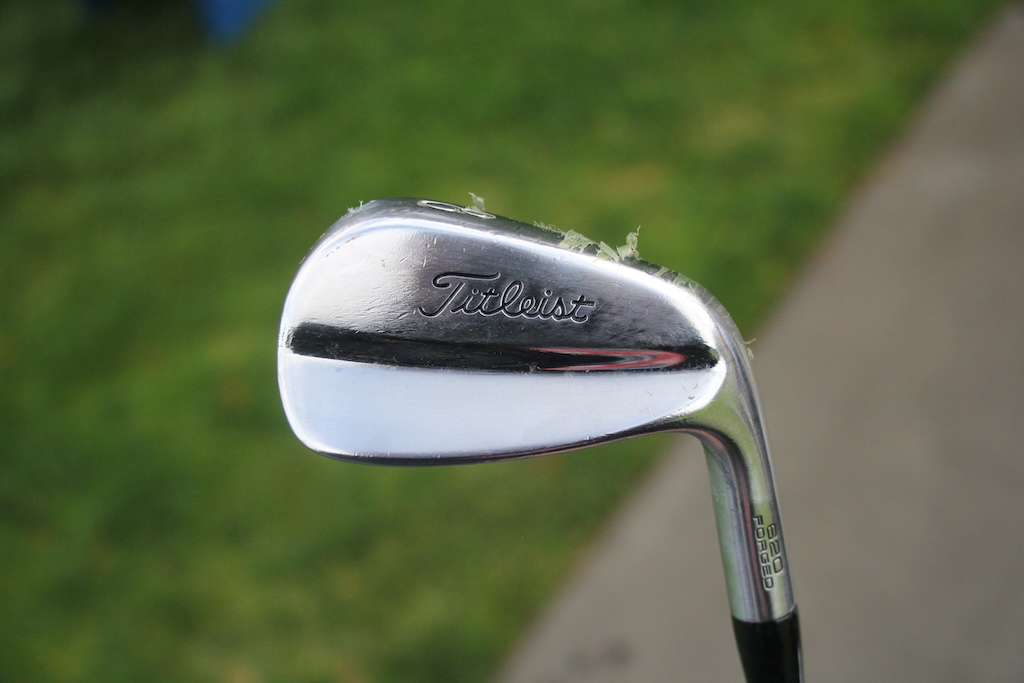
Wedges: Titleist Vokey Design SM10 (46-10F, 50-12F, 56-14F), WedgeWorks (60)
Shafts: KBS $ Taper 130 (46) KBS Hi-Rev 2.0 135 X (50, 56), KBS Hi-Rev 2.0 125 X (60)
Putter: Scotty Cameron T-5.5 Proto
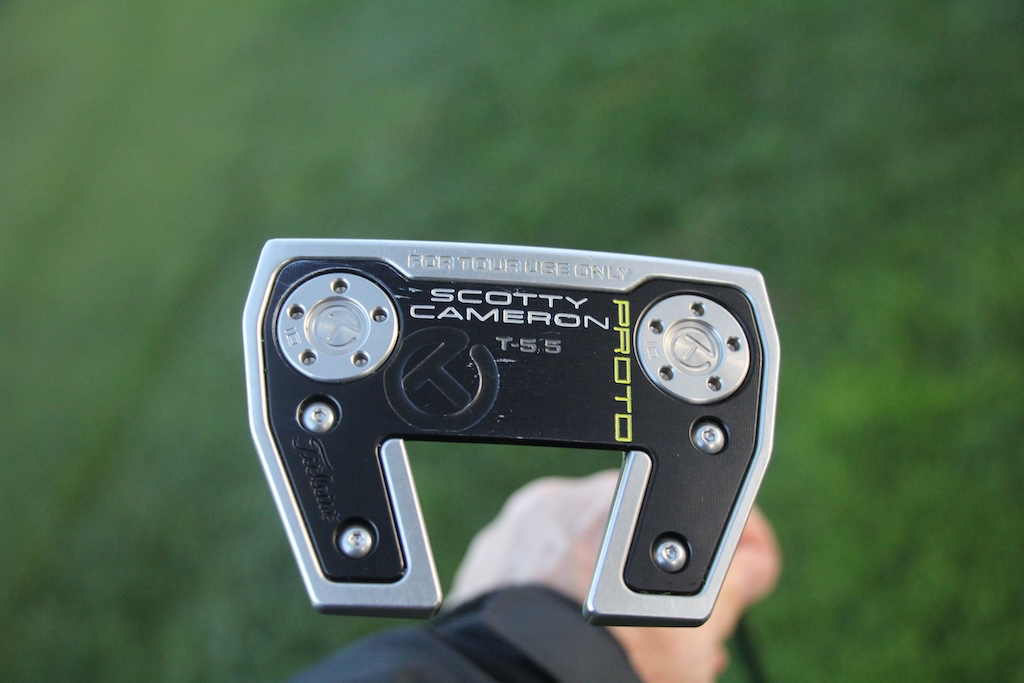
Grips: Golf Pride Tour Velvet Cord
Ball: Titleist Pro V1
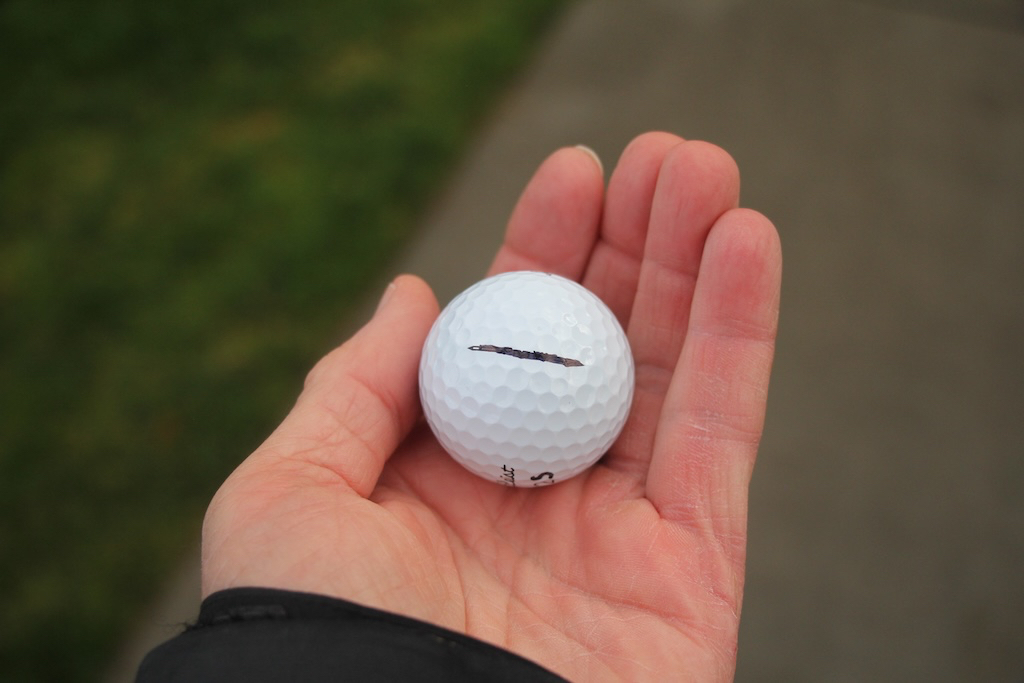

More photos of Max Homa’s WITB in the forums.
- LIKE7
- LEGIT0
- WOW0
- LOL0
- IDHT0
- FLOP0
- OB0
- SHANK1
Whats in the Bag
Bryson DeChambeau WITB 2024 (April)
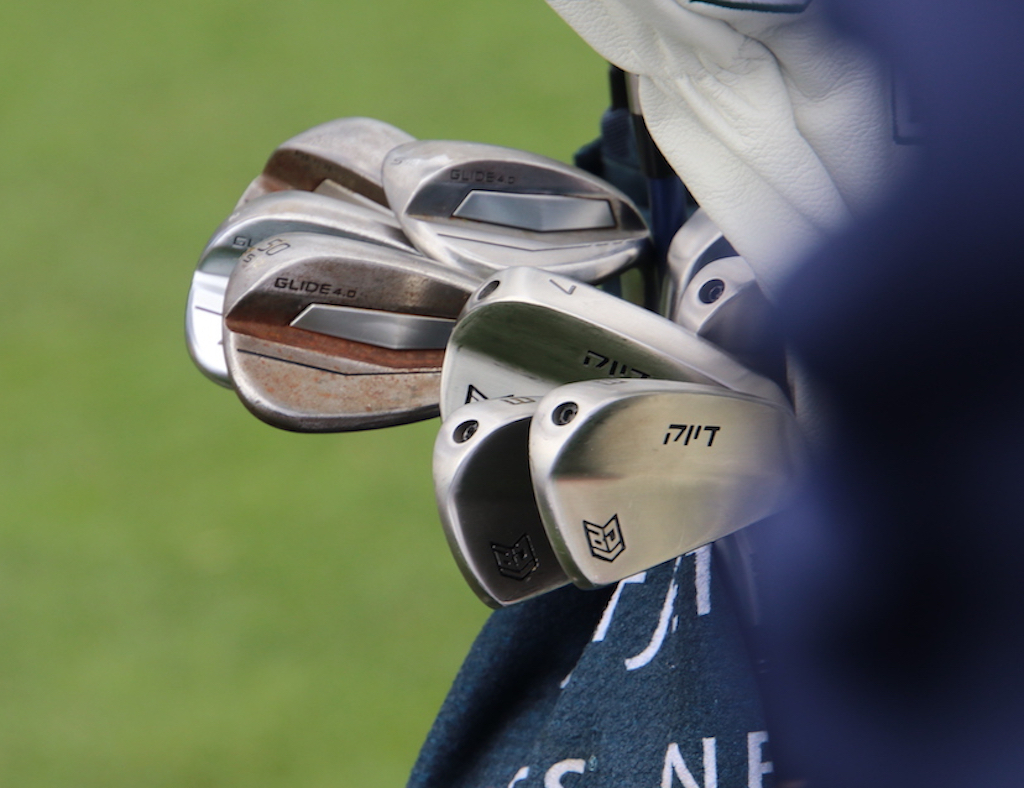
Driver: Krank Formula Fire Pro (6 degrees)
Shaft: Project X HZRDUS T1100 75g 6.5
Mini driver: TaylorMade BRNR Mini Driver (11.5 degrees @10)
Shaft: Project X HZRDUS T1100 75g 6.5
- Unconfirmed. We are working to gather details.
5-wood: Krank Formula Fire
- Unconfirmed. We are working to gather details.
Irons: Avoda Prototype (5-PW)
Shafts: LA Golf Prototype
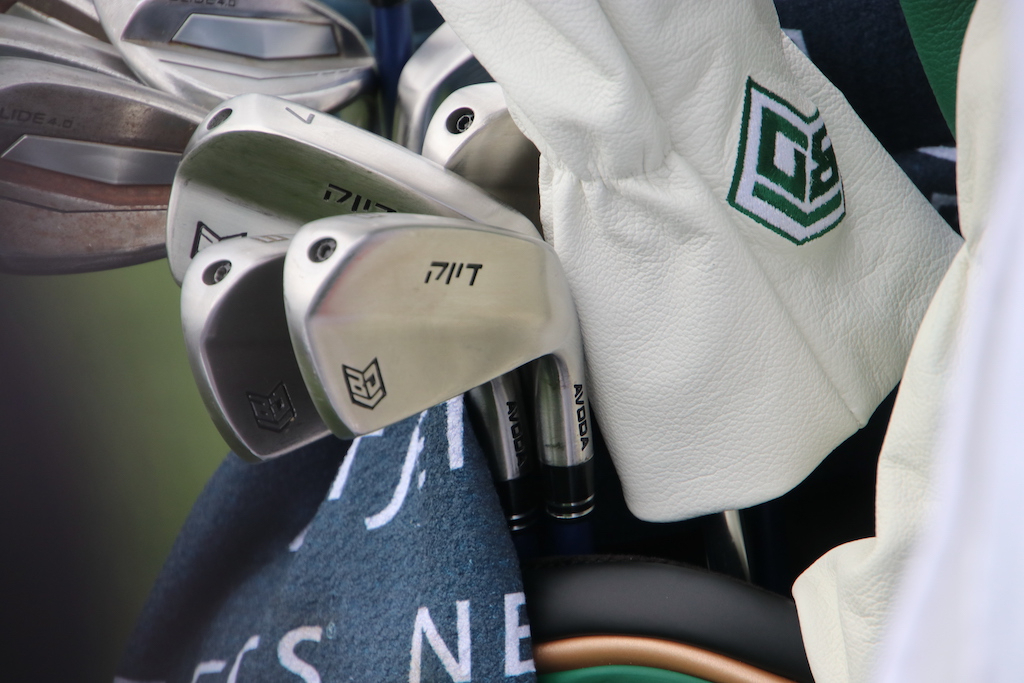
Wedges: Ping Glide 4.0 (46-12S @45, 50-12S, 56, 60)
Shafts: LA Golf Prototype
Putter: SIK Pro C-Series Armlock/LA Golf Proto
Shaft: LA Golf C2L-180
Grip: JumboMax JumboFlat 17
Grips: JumboMax UltraLight XL
Ball: Titleist Pro V1x Left Dash
- LIKE8
- LEGIT2
- WOW2
- LOL0
- IDHT0
- FLOP0
- OB0
- SHANK0
Equipment
Accra launches new GX wood and hybrid shafts

Accra Golf shafts have long been synonymous with fitting, and the new GX line of driver, fairway, and hybrid shafts continues that legacy.
Since 2004, Accra has been making high-end performance golf shafts that use the latest in materials and design philosophy. Their group of around 350 fitters are some of the best and most highly ranked in the world. While you might see other brands on professional tours more often, there are plenty of touring pros using Accra products and winning.
Accra’s new GX line of shafts is designed to offer a consistent and accurate shaft to a wide range of players. The GX line consists of 3 different shafts in driver, fairway, and hybrid designs.
The Accra GX shafts are designed for fitters to dial in golfers to the perfect shaft for their swing. Accra included a ton of technology into the GX line including their S3 profiling, DyMatch, and Constant Flex technology. DyMatch has been Accra’s quest to ensure that all shafts in a family feel and perform similar from driver to hybrid or iron shaft. Typically shafts get stiffer as they go up in weight, but Accra’s Constant Flex keeps the flex of the shafts consistent so fitters and golfers can dial in the weight that the golfer need without have to work around a stiffer or softer flex. Accra worked with Cool Clubs to build out its S3 Shaft Profiling system that not only allows a quick and easy EI profile of any shaft, it helps with quality control to ensure shafts come out of production exactly as they were designed.
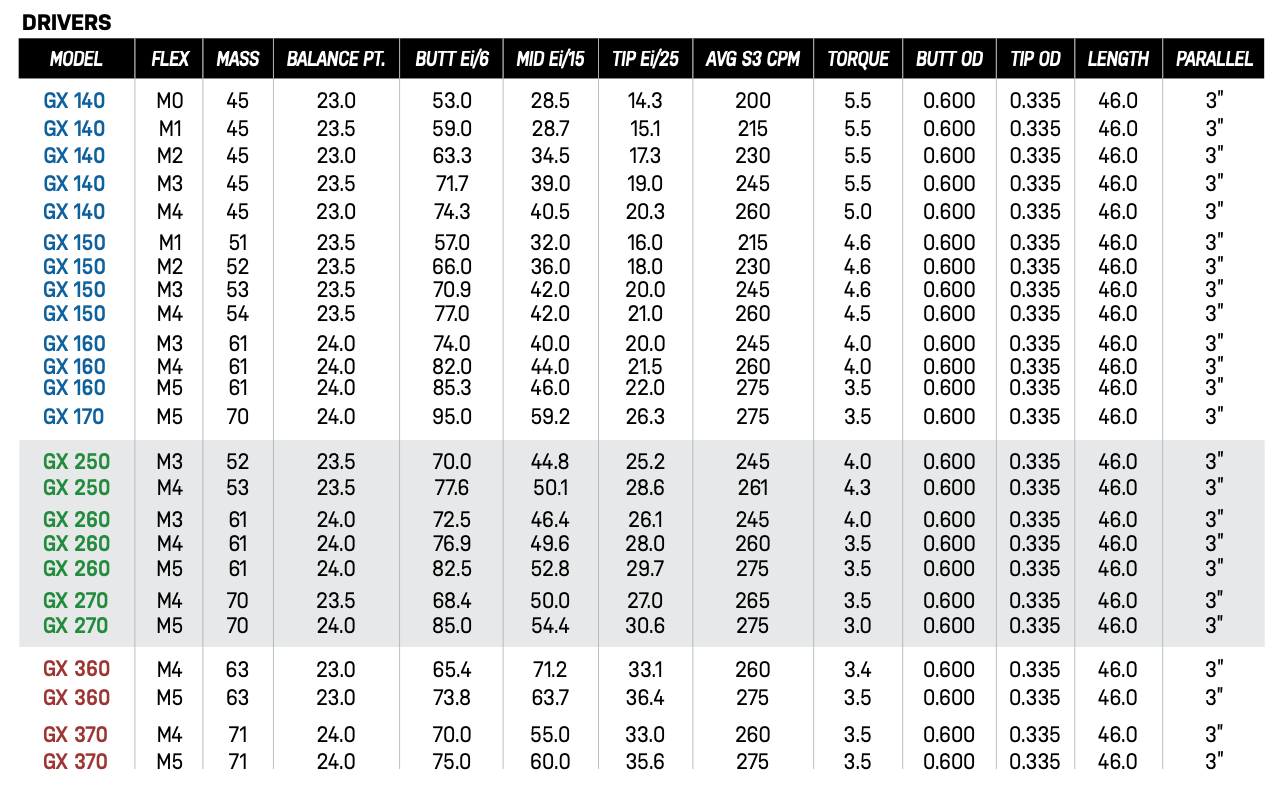
Accra GX Red 300 Series

GX Red is lowest launching and spinning option in the GX line. Driver shafts have fewer options with just the 360 and 370 models that come in at 63 and 71 grams. The GX Red is made for faster swinging, or stronger, players who require a stiff (M4) or x-stiff (M5) shaft for their swing. Fairway and hybrid models are also on the higher weight side with the fairway clocking in at 80g and 90g for the hybrid. Accra designed this series with one of the stiffest tip sections of any Accra shaft in the current line, and while it is built to control launch and spin, the Red 300 Series will still offer that smooth feel.
Accra GX Green 100 Series

If your swing usually works best with mid-launch and spin, then the GX Green 200 series might be the right shaft for you. Offered in more weight and flex options, you can get a GX Green in 52 grams and all the way up to 70 grams in regular, stiff, and x-stiff flexes. GX Green will give the player a smooth feel and transition from the handle down to the tip section while still providing great stability and consistency. Accra also focused on the energy transfer of this shaft, and golfers can see some increased ball speed compared to other shafts.
Accra GX Blue 200 Series

While the GX Blue 100 Series is the highest launching and spinning option in the GX lineup, it will still give golfers the control and consistency they need. Starting off at 40g, the GX Blue series puts an emphasis on lighter weight to allow players to swing the club faster, promoting more distance. Accra touts the stability of the GX 140 Blue driver shaft by stating that some long driver competitors have put it in play to try and gain every MPH they can. Matching fairway and hybrid shafts are both on the lighter side at around 60g for the fairway and 65g for the hybrid depending on the flex.
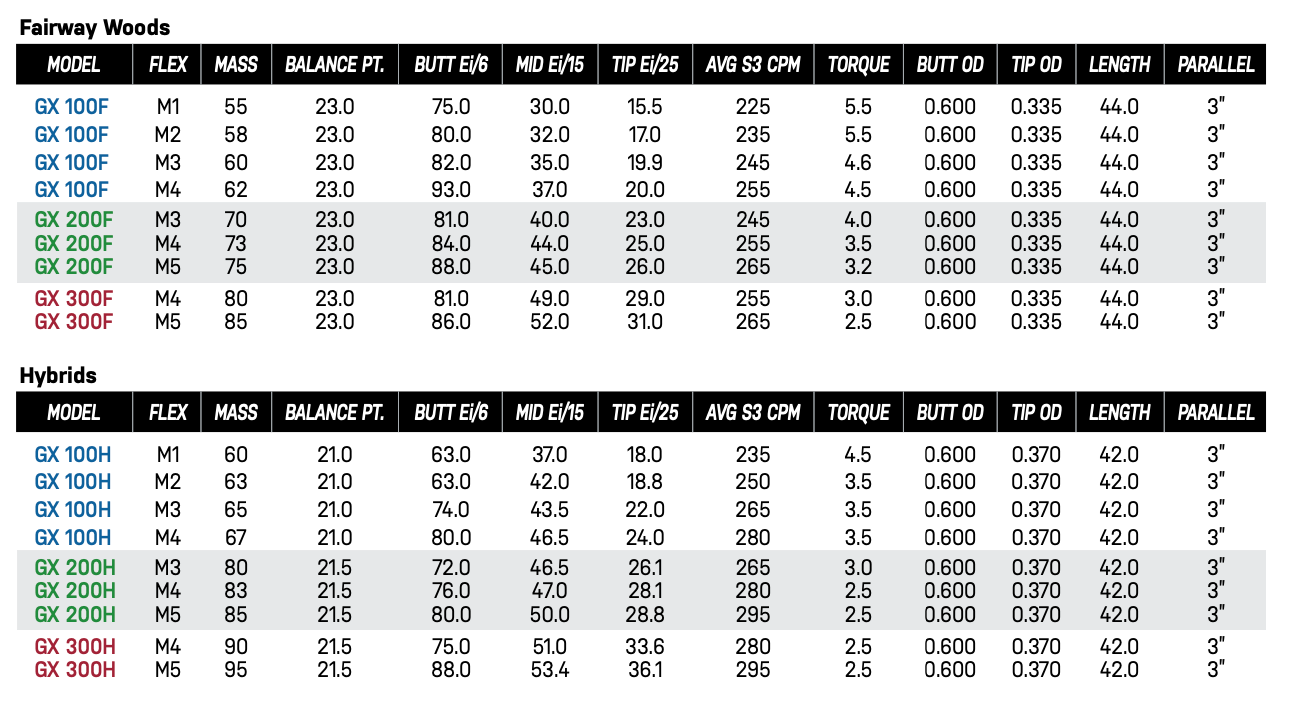
- LIKE1
- LEGIT0
- WOW0
- LOL0
- IDHT0
- FLOP1
- OB0
- SHANK0
-

 19th Hole6 days ago
19th Hole6 days agoDave Portnoy places monstrous outright bet for the 2024 Masters
-

 19th Hole2 weeks ago
19th Hole2 weeks agoThings got heated at the Houston Open between Tony Finau and Alejandro Tosti. Here’s why
-

 19th Hole7 days ago
19th Hole7 days agoTiger Woods arrives at 2024 Masters equipped with a putter that may surprise you
-

 19th Hole2 weeks ago
19th Hole2 weeks agoReport: Tiger Woods has ‘eliminated sex’ in preparation for the 2024 Masters
-

 19th Hole1 day ago
19th Hole1 day agoTwo star names reportedly blanked Jon Rahm all week at the Masters
-

 19th Hole2 weeks ago
19th Hole2 weeks agoAddiction, spinal fusion, and scam artists – Everything Anthony Kim revealed in candid interview with David Feherty
-

 19th Hole2 weeks ago
19th Hole2 weeks agoAnthony Kim says doctors told him that he ‘may not have much time left’ ahead of LIV return
-
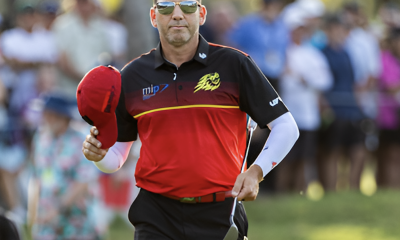
 19th Hole1 week ago
19th Hole1 week agoBrooks Koepka and Sergio Garcia make significant equipment changes as 2024 Masters looms

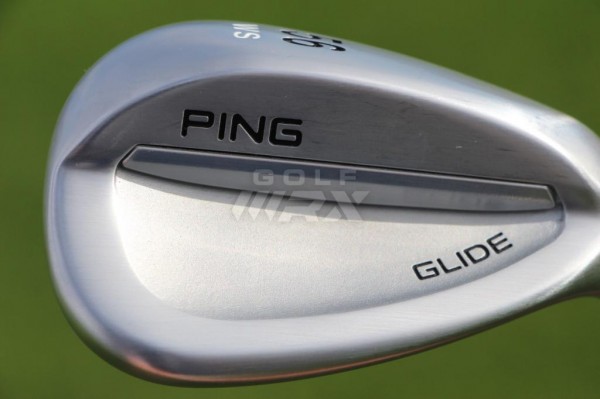
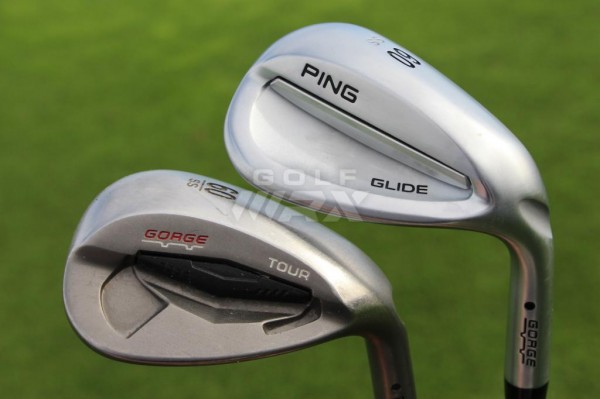
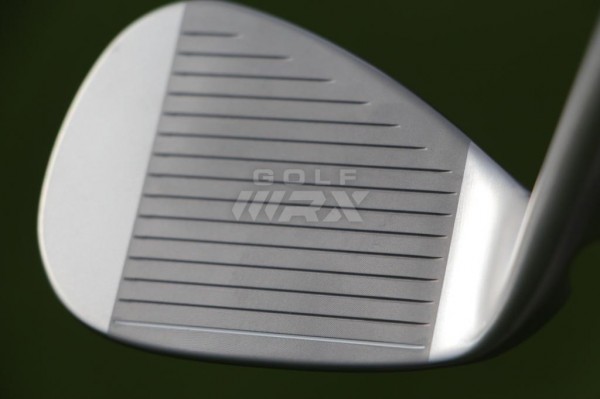
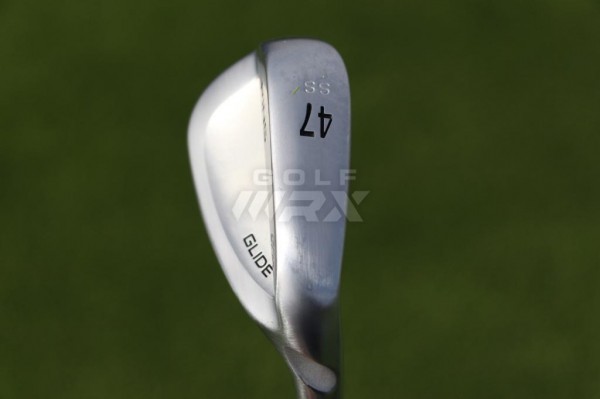
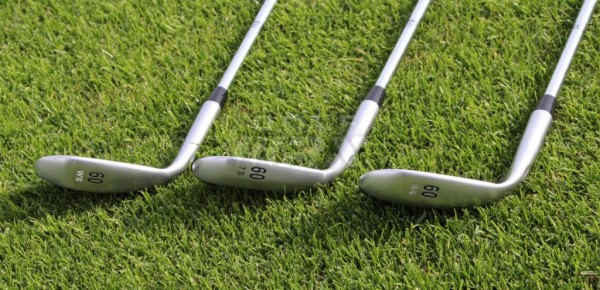
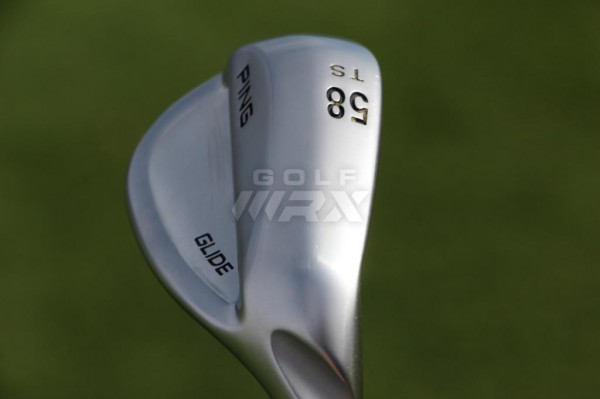
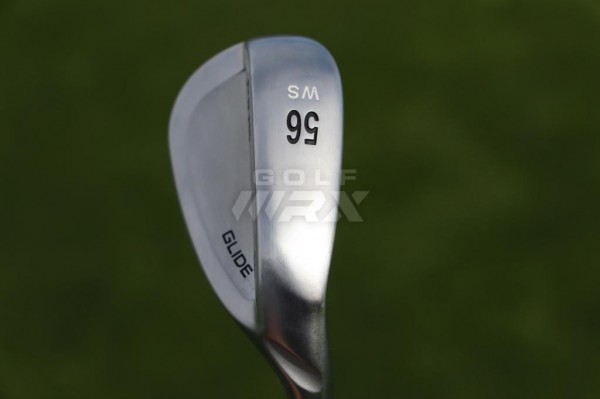
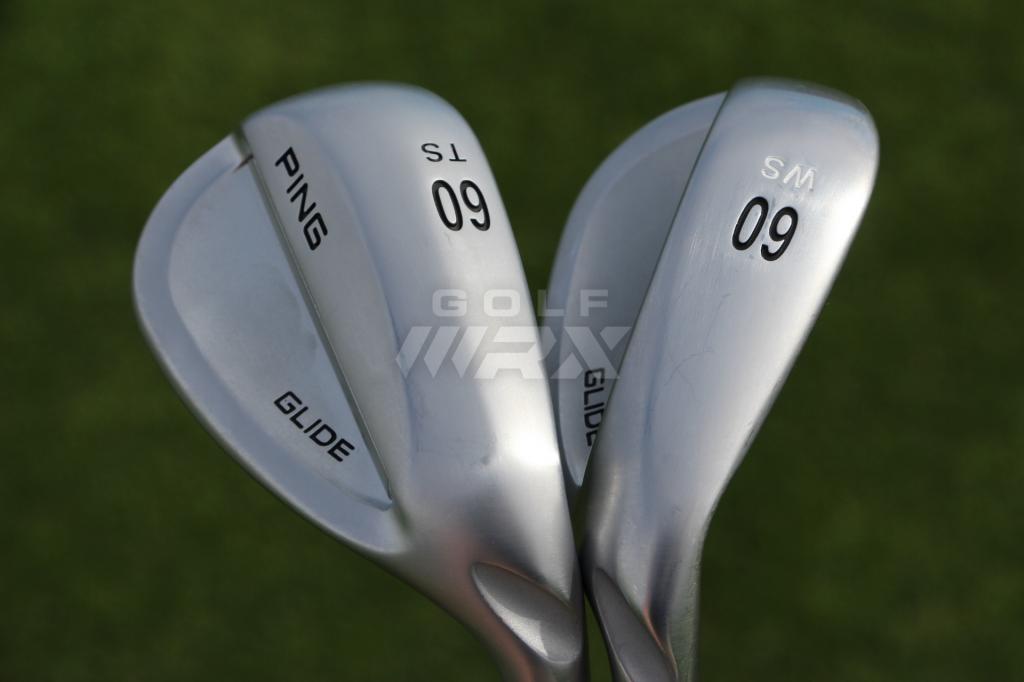
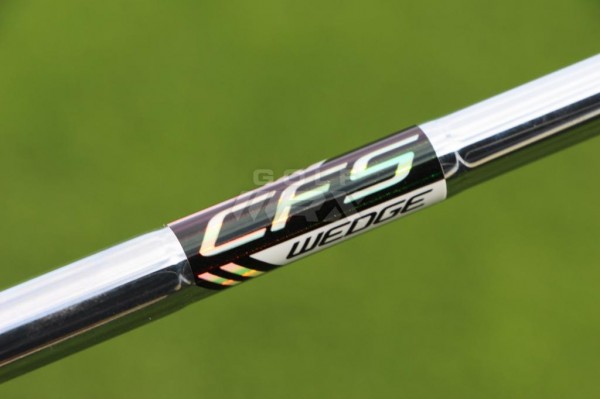
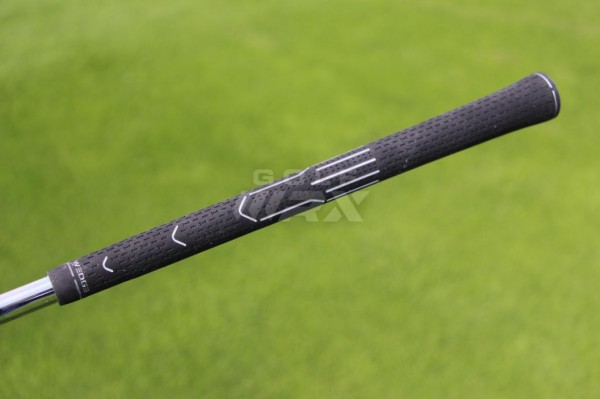
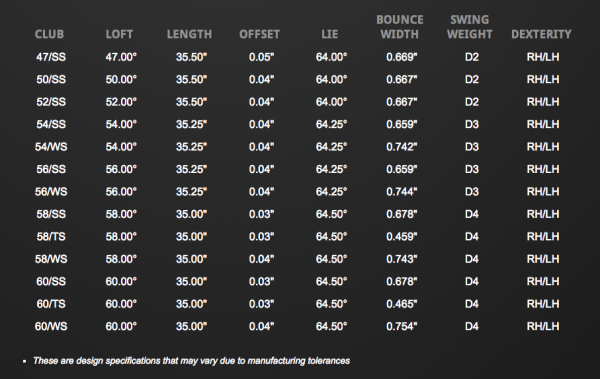
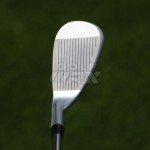
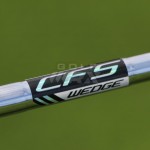
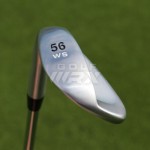
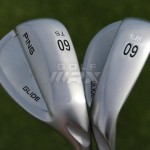
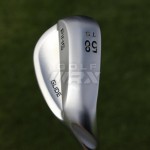
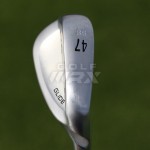
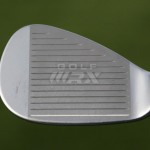
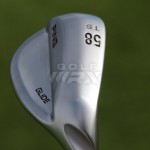
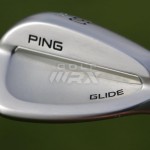
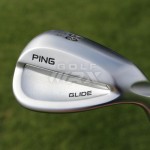
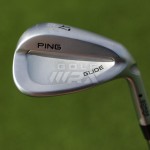
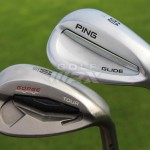
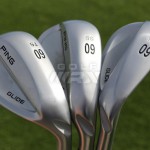
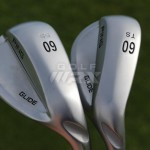
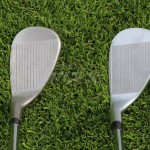
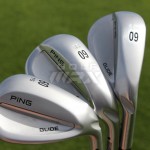
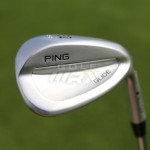
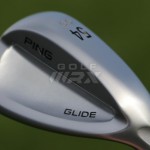
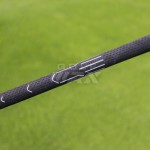
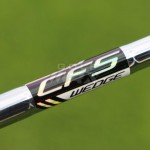
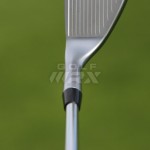
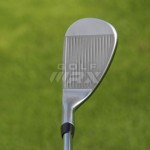
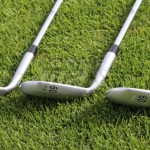
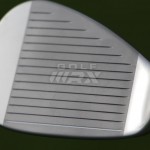
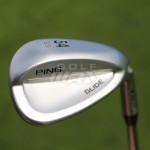
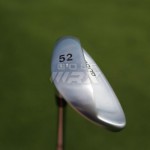
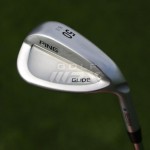
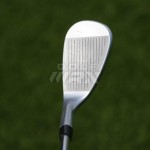
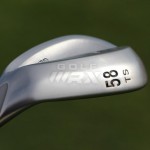
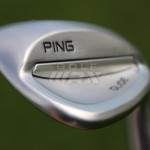
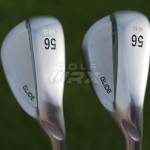
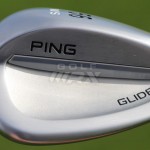
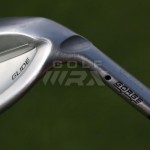
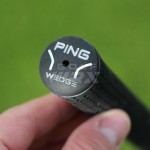
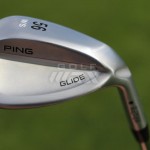
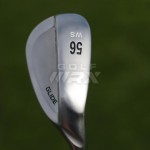
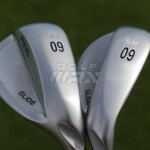
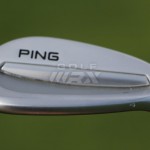
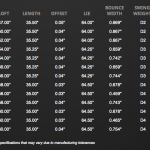
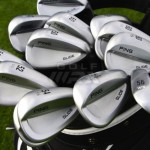
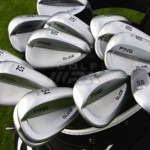
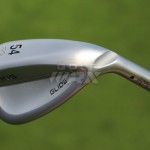
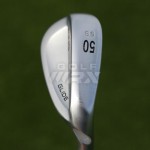


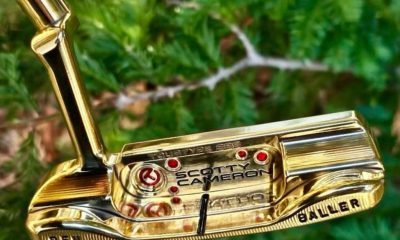

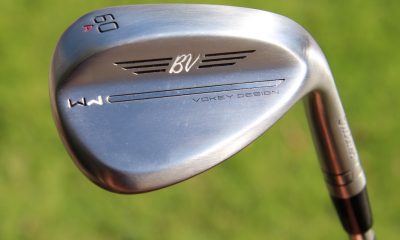

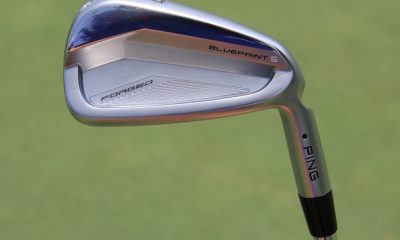



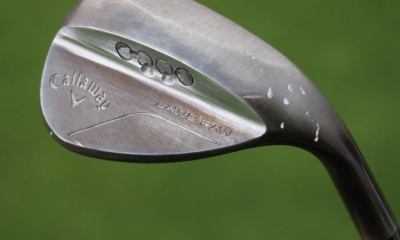

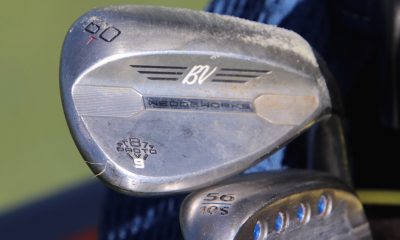
















shabby
Jun 3, 2015 at 12:58 am
The sound is terrible and so is the feel. Worst wedge I have ever played and the shaft options are a joke! All ping club heads may be ok but none of the shafts are worth a shot o p!
THONG
Mar 7, 2015 at 4:42 pm
I like them light but that’s me, I am thong!
jj
Mar 6, 2015 at 2:45 pm
Well, I’m starting to loose faith in Ping. Turning what was once real innovation to just sales gimmicks. This 60* TS glide looks ok but seriously lacks performance in spin and distance. What is worse is the stock shaft weight is so light it’s ridiculous as is with an upgraded shaft. I put a KBS TOUR in at 120 grams and it still feels like nothing. I will have to go back to DG S-300 to see what’s up but at this time I am ZERO impressed by this wedge. Stay tuned.
jj
Feb 24, 2015 at 1:38 am
I just bought a Ping 60 TS Glide wedge. First, my 60 is one of the most used in my bag and one of the most important in my scoring game. I have been through four 60* Gorge wedges and instead of a 5th I went for the Glide. I didn’t hit it in the practice bay, I can’t get a dam thing out of that with a wedge.
On the range I instantly found that the club was minimal on feel. I also found that on full shots, getting even 90 yards was impossible. I usually max out at around 107+ w/ my 60*.
For one, the club is WAY to light, at least for me. I never understand how Ping can offer only one shaft option and a 118 g at that. I guess high handicap’s may like it, but it’s just a dead feel with no feedback with the weak shaft.
I usually install a DG S-300 .25 over and 1* to 1.5* flat in my wedges and that extra weight is perfect. Iron shafts have gotten lighter and I went to a KBS Tour V in my irons from a previous S-300 because of left elbow problems, they feel very good with the cushion insert. They are still a little light at 110 grams, 115 with the cushion but very happy with the feel.
I returned the club at RD and ordered another direct from Ping with my preferred specs. I will know what’s really up when I get it back in a week or so.
Zedsded
Feb 17, 2015 at 11:59 am
How do you know what bounce you need? When every manufacturer makes a 10* bounce yet none of them are similar, how do you know what you really have (or need)? Seems like it’s pretty easy to figure out this system…
We look at bounce angles too much, cause bounce location has more to do with how a wedge feels/performs than the actual number. Numbers therefore are misleading. If you have a 10* bounce and the location is 3/4″ away from the lead edge vs. one that is 1/8″ away from the lead edge, those two wedges are going to play completely different, yet they are both 10* bounce? Archaic
Two things that don’t happen enough…fitting for wedges and putters.
B.Goodman
Jan 31, 2015 at 3:37 pm
How do they compare to the Ping Anser forged wedges?
B.
Jim
Jan 16, 2015 at 12:04 am
Any idea if Ping is going to offer customer stamping/engravings? Because that is a whole lot of blank surface on the back side of those wedges…
RocketShankz
Jan 14, 2015 at 11:00 pm
It may seem a petty complaint, but I just don’t understand why they insist on making the bottom groove a different color. Less is more.
nick
Jan 14, 2015 at 11:20 pm
they do this for the lie and loft machine it reads the white bottom line. so i was told by ping
JohnnyB
Jan 14, 2015 at 5:23 pm
Why is a D4 swingweight “more manageable” than D6? Why do most of the Ping staff pros carrying wedges with “less manageable” D6-D8 in the wedges?
Same thing with Ping’s irons. The I25 comes stock with a D0 swingweight while most other manufacturers comparable products come with D2.
Chip
Jan 13, 2015 at 10:30 pm
Some low bounce options would be nice….. PING seems to have never heard of them. Come on PING, I’ve been waiting for years!
Gary
Jan 13, 2015 at 11:12 am
Looks like a pretty good over all improvement over the Tour Gorge. The lighter swing weight sounds good. Nice looking Satin finish and I like the over all design better than the Tour Gorge. Hopefully the new groove design will increase the spin around the greens. I am pretty well settled into the Mack Daddy 2 wedges but this one would be worth looking at probably.
Shallowface
Jan 13, 2015 at 7:35 am
Karsten Solheim could have sold a lot more clubs in those early years if he had chrome plated them, but he didn’t believe it was necessary or beneficial. Of course, he was right.
But now, his “descendants” claim it adds playability.
Sheesh.
I am familiar with the term Hydrophobic. I’ve sat next to him on the bus.
Mike
Jan 12, 2015 at 4:27 pm
Does anyone on this site really believe they can tell the difference between 431 and 17-4 stainless steel when they hit a golf ball?
I believe this is pure B.S.
“The Glide wedges are also cast from a 431 stainless steel that’s softer than the 17-4 stainless steel used on the Tour Gorge wedges. The softer metal, combined with Ping’s new elastomer Custom Tuning Port (CTP), creates a noticeably softer feel at impact. “
Zak Kozuchowski
Jan 12, 2015 at 4:52 pm
Yes, they’re less clicky.
Patrick
Jan 12, 2015 at 11:01 pm
Zak, Mike may have a point that you’re missing. I would be surprised to hear that Marty Jertsen said there would be a big sound difference due to the metal. What are you hearing these metals do? Is 431 being deformed more than 17-4 on a chip shot? Is it deforming the golf ball differently? I would be shocked if 431 vs. 17-4, cast vs. forged, 1020 vs. 1025 has a noticeable effect on sound. The design of the tuning port, club structure, cg location, point of impact, golf ball choice, your surroundings, and the amount of wax in your ears would probably have more impact on sound.
Patrick
Jan 12, 2015 at 11:02 pm
*Jertson. Sorry Marty.
Shallowface
Jan 13, 2015 at 7:38 am
The ability to engage in “Suspension of Disbelief” is a major quality one needs in order to be able to enjoy golf equipment, especially today.
It’s the same quality that allows one to enjoy a movie. Or believe that Santa Claus or Professional Wrestling is real.
Mikec
Jan 12, 2015 at 5:46 pm
YOU CAN WHEN YOU PUT IT IN A LOFT LIE MACHINE — That accounts for a lot
Myron miller
Jan 12, 2015 at 4:26 pm
One major issue for me. I like my 60 degree to have very low bounce. I play a lot of tight lies from the fairway and like to use my 60 when I’m less than 75 yards. having the low bounce makes it very easy. With only 13 degree bounce that’s an issue (in fact that’s higher than my 56 SW at 12 degrees).
M
Jan 12, 2015 at 11:24 pm
Myron – Just try the TS – it will play very similar to other low bounce options from the other manufacturers.
Bounce numbers don’t tell the entire story as how the club will play.
Mnmlist Golfr
Jan 12, 2015 at 2:12 pm
“Water on the clubface, bro…”
Garbage
Jan 12, 2015 at 2:07 pm
Did they copy the grooves from Mizuno?
Gary
Jan 13, 2015 at 11:03 am
Seems like at least a couple companies (Callaway and Titleist for 2) liked the Mizuno idea of different groove designs for the higher lofts vs. the lower lofts to try to increase the spin on the higher lofts and not to have too much spin on the lower lofts.
Jim
Jan 12, 2015 at 12:26 pm
Great looking wedges. Much improved over the Gorge wedges. Intriguing design with multiple bounces and groove patterns too. Not sure they’ll get me away from my Vokeys but if they’re as good as other Ping clubs they might be worth a try.
Tom Noel
Jan 12, 2015 at 12:15 pm
Funny how much they look like a Gene Sarazen R-20?
Tom Noel
Jan 12, 2015 at 12:13 pm
Funny how much they look like a Gene Sarazen R-20 Wedge?
chuck stone
Jan 12, 2015 at 11:46 am
These pro line club prices are crazy. Its because the manufactures pay the pros too much to play them, may also be why golf is retracting..
JEFF
Jan 12, 2015 at 11:25 am
GLIDE??? SERIOUSLY???? How bout monkey nuts? GEEEEESH!!!
bradford
Jan 12, 2015 at 12:33 pm
Focus groups didn’t respond well to monkey nuts.
Jimmy s
Jan 12, 2015 at 4:17 pm
Well they could have painted them white put sldrs on them slots too oh dont forget lofting up and then called them SANDBURNER . No seriously ping never really uses hip names its always something different and understated it seems but the reason most people play thier stuff is that it just works function over form who cares what the name is as long as they go where you aim them right they look good cant wait to see what they feel like i own the tour gorges i like them about as much as i liked my cg15’s they replaced. Hopefully they are sandburner-ier or something like that lol